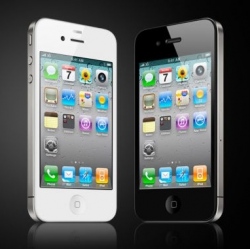
Researchers from Singapore’s Institute of Bioengineering and Nanotechnology (IBN) have synthesized a material that they say could more than double the energy capacity of lithium-ion batteries, allowing for longer-lasting rechargeable batteries for electric vehicles and devices.
The new material for battery cathodes (the + battery pole) in based on a “lithium orthosilicate-related” compound, Li2MnSiO4, combining lithium, manganese, silicon and oxygen, which the researchers found superior to conventional phosphate-based cathodes. They report an high initial charging capacity of 335 mAh/g (milliAmpere-hours per gram) in the journal Nano Energy.
“IBN researchers have successfully achieved simultaneous control of the phase purity and nanostructure of Li2MnSiO4 for the first time,” said Professor Jackie Y. Ying, IBN Executive Director. “This novel synthetic approach would allow us to move closer to attaining the ultrahigh theoretical capacity of silicate-based cathodes for battery applications.”
The researchers plan to further enhance their new cathode materials to create high-capacity lithium-ion batteries for commercialization.
